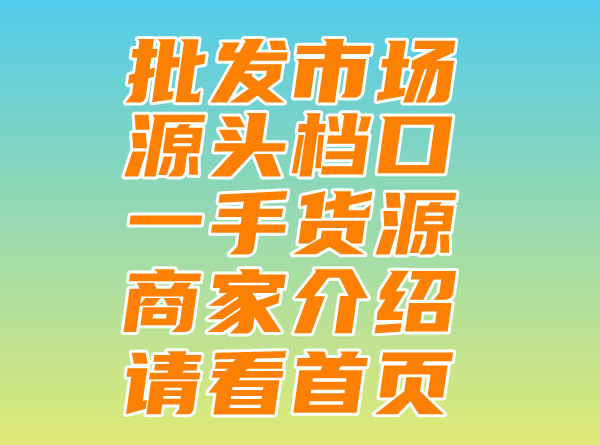Title: "Foshan's 1:1 Luxury Replica Masterpieces"
Title: "Foshan's 1:1 Luxury Replica Masterpieces",
Luxury Goods Replication in Foshan: The 1:1 Phenomenon
In the realm of global fashion and luxury goods, the city of Foshan in China has gained significant attention for its practice of one-to-one replication of high-end products. This phenomenon, commonly known as the "1:1 replica", represents an intricate blend of cultural exchange, industrial prowess, and consumer behavior that transcends mere imitation.
Cultural Exchange and Industrial Development
Foshan's history in crafting high-quality replicas dates back to its textile and manufacturing roots. The city's skilled craftsmanship has long been recognized for its ability to replicate intricate designs and complex materials with remarkable accuracy. As global demand for luxury goods increased, Foshan's manufacturers evolved to meet these demands with precision engineering and a focus on quality control.
Moreover, cultural exchange plays a pivotal role in the development of these replicas. By studying global fashion trends and consumer preferences, Foshan's manufacturers are able to tailor their designs to international tastes. This cultural exchange fosters a unique blend of traditional craftsmanship with contemporary design elements, resulting in products that are not only visually appealing but also meet the standards of luxury goods.
However, the rise of the 1:1 replica phenomenon has also sparked debate on intellectual property rights and ethical implications of mass replication. While some view it as a form of cultural tribute or artistic expression, others argue that it infringes on the original designers' intellectual property rights.
Consumer Behavior and Market Trends
The demand for 1:1 replicas in Foshan is fueled by a range of consumer behaviors and market trends. On one hand, there are consumers who seek affordable alternatives to high-end luxury goods. These replicas offer them the opportunity to enjoy the same style and quality without breaking the bank.
On the other hand, some consumers view these replicas as a form of status symbol or as a way to experiment with different fashion trends without investing heavily in original pieces. The widespread availability of these products on online platforms further fuels this trend.
However, the emergence of high-quality replicas also calls for a shift in consumer awareness and education. Consumers should be encouraged to understand the difference between genuine luxury goods and replicas, not only for ethical reasons but also to appreciate the craftsmanship and design behind genuine luxury products.
In conclusion, the phenomenon of 1:1 replication in Foshan is a complex interplay between cultural exchange, industrial development, and consumer behavior. While it offers affordable alternatives to luxury goods, it also raises important questions about intellectual property rights and consumer education.

- Russian High-End Knockoffs: Legal Status and Its Impact 这个标题简洁明了,包含了关键词“俄罗斯高仿奢侈品合法”,并且不超过40个字符。
- Luxury Knockoffs: Profitability Analysis and Insights 这个标题简洁明了,准确地概括了主题,即探讨高仿奢侈品的获利情况,同时使用了关键词“高仿奢侈品获利多少”。
- China's Luxury Fake Goods: A Look into the Market of Luxury Knockoffs
- "Where to Find Management for Selling High-End Fake Luxury Goods"
- Is it Appropriate to Give High-End Replicas as a Gift?
- Putian's High-End Replica Luxury Clothing.
- Title: Emulating Luxury: The Story of an Affordable Accessory Brand
- Guangzhou's High-End Luxury Bag Replicas


